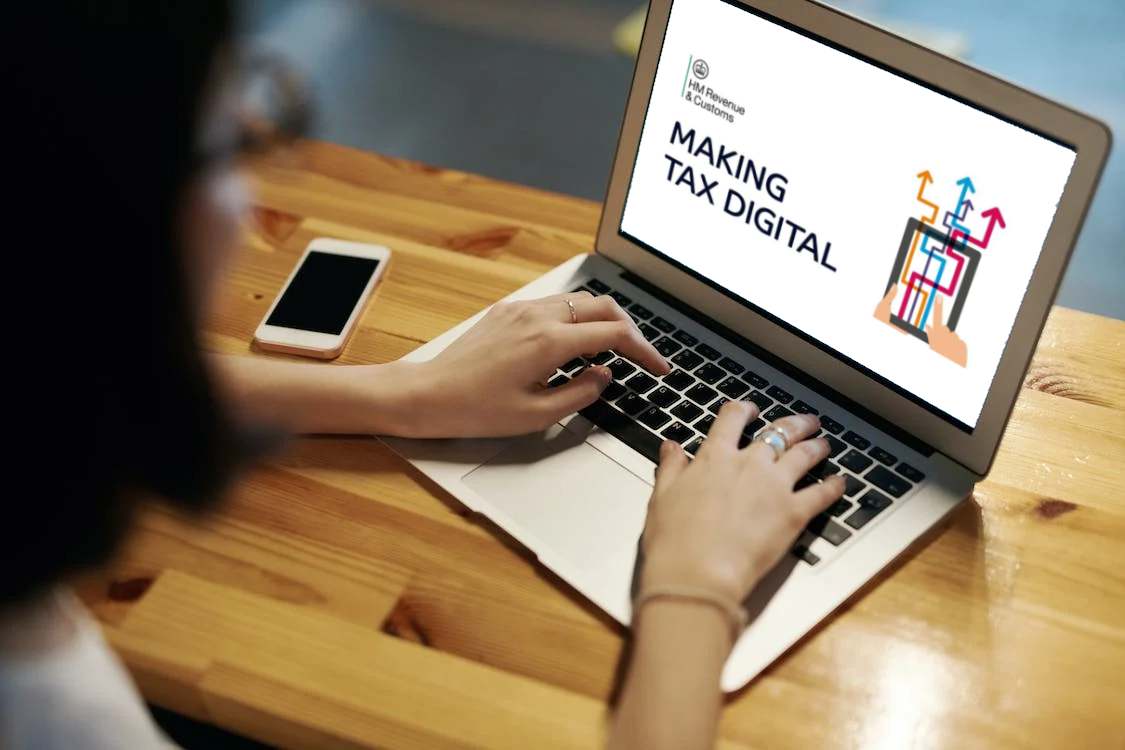
Making Tax Digital for Income Tax Self-Assessment (MTD for ITSA) is the next phase of the government's plan to modernise the UK tax system.
Important updateMaking Tax Digital was originally announced by the Government in 2015, with the first phase introduced for VAT in 2019. The next phase is Making Tax Digital for Income Tax, originally due to be implemented in 2024, will now take effect from April 2026. |
Under MTD for ITSA rules, individuals meeting the criteria will be required to use compatible software to keep their records electronically and file quarterly returns of mandated data to HM Revenue and Customs.
In addition to this, there will be a requirement to file an end of year return. This will replace the current requirements for filing an annual Self-Assessment Tax Return for those individuals that meet the criteria.
Here is everything you need to know about MTD for ITSA.
Table of contents
| What does the government say? | Jump to section |
| Who will be affected? | Jump to section |
| What if you don’t meet the criteria yet but may in future? | Jump to section |
| MTD for sole traders and landlords | Jump to section |
| How will MTD for ITSA work? | Jump to section |
| What is mandated data for MTD? | Jump to section |
| Submitting quarterly returns | Jump to section |
| What is the End of Year Return? | Jump to section |
| When will Making Tax Digital for Income Tax happen? | Jump to section |
| What happens if I no longer meet the criteria? | Jump to section |
| What if I don't comply with MTD ITSA? | Jump to section |
What does the government say about MTD for ITSA?
According to the Government, there is a growing body of evidence, from research and insights from taxpayers already operating MTD for VAT, which demonstrates that MTD is securing a range of benefits for those that use it in practice. MTD users are reporting that preparing and submitting returns is easier, and that MTD has increased their confidence in managing tax affairs and using technology.
Who will be affected by MTD for ITSA?
The first group of individuals that MTD for ITSA will apply to is sole traders and landlords with a combined total gross income from a trade or property let business of over £50,000. Those with an income of between £30,000 and up to £50,000 will need to do this from April 2027, with a further planned phase recently announced from April 2028 with an income of between £20,000 and up to £30,000.
Our guide on MTD ITSA eligibility criteria and exemptions covers this topic in more detail.
There are no current plans to include partnerships or incorporated businesses.
HMRC will assess the criteria for MTD for ITSA based on the results for the tax year 2024/25, which is due for submission by 31 January 2026. This is in line with the go live date of April 2026. HMRC will be contacting individuals with more information in April 2025.
What if you don’t meet the criteria yet but may in future?
For the tax year in which you meet the required criteria, the results would be included on your Self-Assessment Tax Return and would be due for submission by 31 January following the end of the tax year. You would then be brought into MTD from the following April with the results of the previous tax year still to be included on a final Self-Assessment Tax Return.
MTD for sole traders and landlords
Each sole trade business will be required to keep digital records of mandated data and submit separate quarterly returns. For landlords, all rental properties will be treated as one rental property business, and they will be required to keep combined digital records of mandated data and submit one set of quarterly returns.
How will MTD for ITSA work?
The first element is the requirement to keep digital records of mandated data using compatible software as follows:
- Accounting software packages that can be used to keep digital records and file returns via HMRC's Application Programming Interface (API).
- Spreadsheets with an inbuilt function to file returns via HMRC's API.
- Bridging software which can take return information from an existing spreadsheet and submit this to HMRC via their API.
If unsure, an accountant can help you meet MTD ITSA's requirements, including choosing the right software and maintaining digital records.
What is mandated data for MTD?
The mandated data to be included in the quarterly self-assessment Income Tax returns are the categorised totals of the income received and expenditure incurred for each business/property portfolio.
The end of year return will bring together all of the mandated MTD for ITSA information already submitted with the non-mandated information such as employment, interest or dividend income and pension contributions and charitable donations to determine the final tax liability. This removes the requirement to file an annual Self-Assessment Tax Return.
Submitting quarterly Income Tax Self-Assessment returns
Under the new rules, individuals meeting the MTD for ITSA criteria must submit quarterly returns in accordance with the following deadlines:
| Period covered | Filing deadline | |
| Quarterly return 1 | 6 April to 5 July | 7 August |
| Quarterly return 2 | 6 July to 5 October | 7 November |
| Quarterly return 3 | 6 October to 5 January | 7 February |
| Quarterly return 4 | 6 January to 5 April | 7 May |
Alternatively, you can make a ‘calendar quarter election’, which means you can draw up quarterly returns to the end of the previous month. Where this election is made, the quarterly returns will be as follows:
| Period covered | Filing deadline | |
| Quarterly return 1 | 1 April to 30 June | 7 August |
| Quarterly return 2 | 1 July to 30 September | 7 November |
| Quarterly return 3 | 1 October to 31 December | 7 February |
| Quarterly return 4 | 1 January to 31 March | 7 May |
What is the End of Year Return?
There will be a requirement to submit an end of year return to HMRC, which brings together all of the information to determine the final tax liability including information from the quarterly returns and information on non-MTD sources of income. This will be similar to the current Self-Assessment Tax Return.
The filing deadline for the annual data is the 31st of January, following the end of the tax year which is in line with Self-Assessment.
This will replace the current Self-Assessment Tax Return but the deadline for submission and due dates for payments of tax liabilities will remain unchanged.
When will Making Tax Digital for Income Tax happen?
The first phase of Making Tax Digital for Income Tax will take effect from April 2026 (sole traders and landlords).
What happens if I no longer meet the MTD for ITSA criteria in a tax year?
It is more difficult to drop out of the MTD for ITSA criteria. You would need to have a consecutive three-year period of MTD income falling below the threshold. If your income drops below the threshold as a one off for that tax year, you will continue to be in MTD for ITSA.
What if I don't comply with the new MTD ITSA system?
HMRC has introduced a new points-based penalty system for MTD ITSA. It takes a flexible approach based on thresholds, submissions, deadlines, and frequencies to ensure tax compliance is fairer and offers greater transparency.
Need help with MTD for ITSA?
Send us your details using the form below and a member of our team will be in touch as soon as possible.

Steven Strawther
I deal with all aspects of personal tax compliance and since joining Shorts I have gained valuable experience in private client advisory and planning opportunities. I have been instrumental in refining the personal tax compliance process and implementing digital solutions to provide clients with an efficient personal tax service.
View my articles